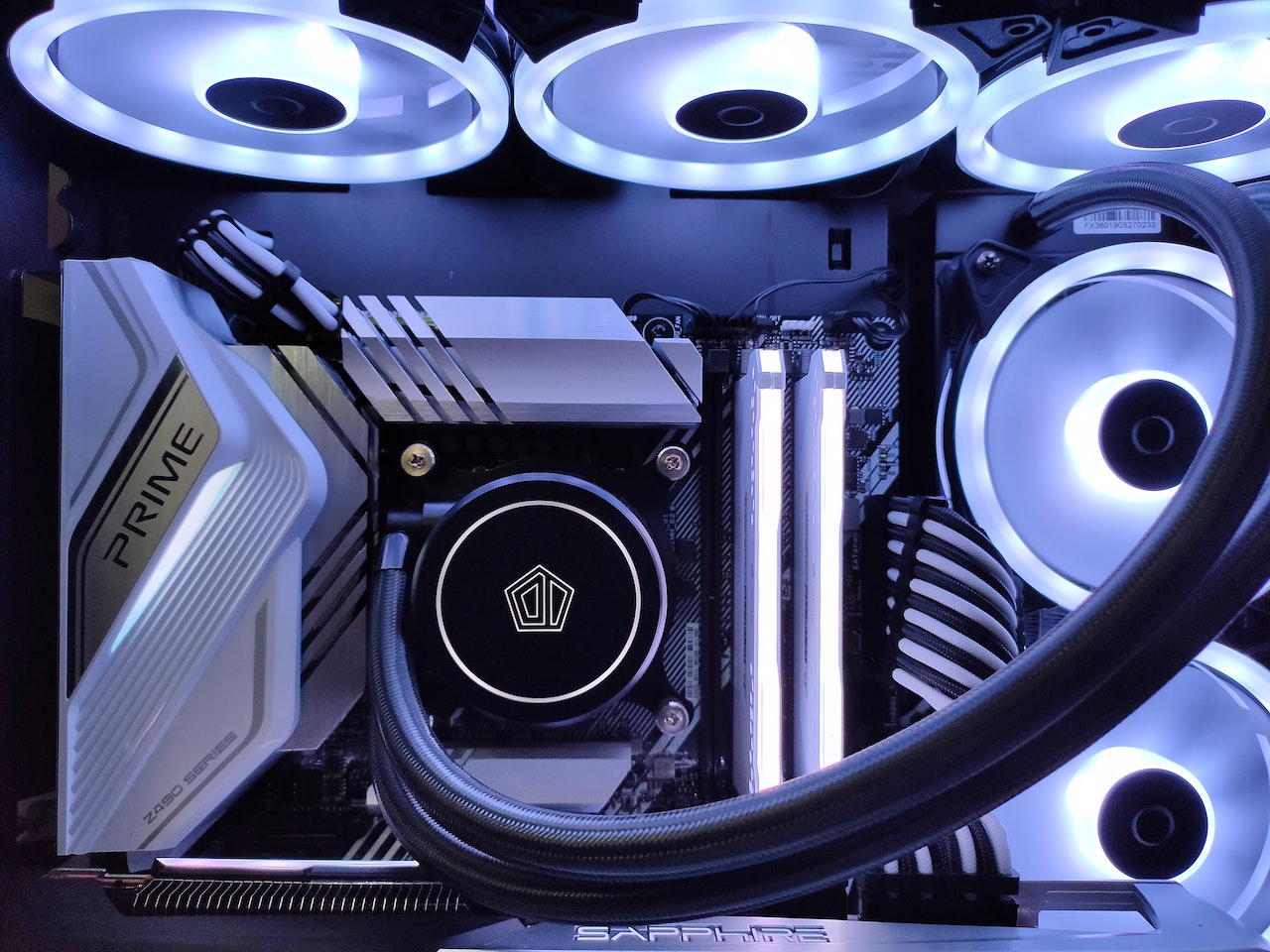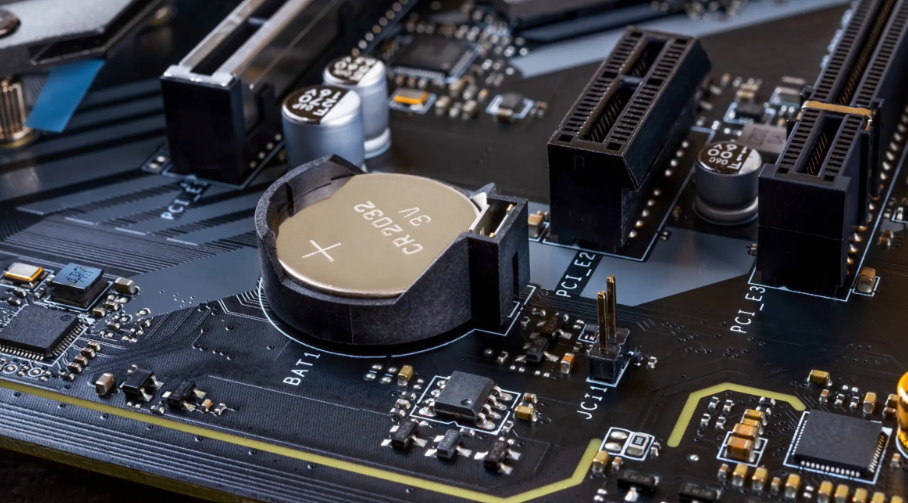Imagine you are in the middle of an intense scene in a drama or in the middle of an important meeting, and your PC turns off! Sounds pretty annoying, doesn’t it? It can get even more frustrating when you don’t know what to do and have to run to the repair shop when your PC won’t turn on.
Anyone who deals with computers on a daily basis is aware of what we are talking about. However, the good news is that you do not have to run to a repair shop every time your computer won’t turn on! Most of the time, it happens due to some hardware issue which can easily be solved through a couple of troubleshooting steps.
Since the PC consists of so many components, you tend to forget where everything is and might not know how to fix it. Nevertheless, these issues are quite common these days, especially considering how complex and advanced these machines are nowadays.

In this article, we have put together a couple of common reasons why your PC won’t turn on and how to fix the issue! So, without further ado, let’s get into the article!
Step 1 - Check Your Power Outlet

Oftentimes, the only reason your PC won’t turn on is simply because the power outlet is not functional. If this is the happen, then you should try and find another outlet to plug the PC in. This is a given, but you should also check whether the PC is plugged in or not.
However, in case you are using a surge protector, then ensure it is turned on and properly working. Once you are done with this, you should also take a thorough look at the cable since it can be damaged, frayed, or not plugged in tightly enough.
Step 2 - Check For Any Power Supply Problems

Even after following the above step, if your PC won’t turn on, then there might be an issue with the power supply. It is solely responsible for the conversion of AC power from the outlet to DC power that is used by the PC.
In case the power supply is causing trouble, then the PC will be unable to receive enough power to turn on. In order to troubleshoot this problem of yours, here are a few steps that will help you out:
- First up, take a look at the power supply fan to see if it is spinning or not. In case it is not spinning, then that might be an indication that the power supply is the one at fault. What you can do is, purchase a new one in its place.
- Another thing you can do is to take a look at the voltage switch, as that can be a source of the problem too. If you reside in an area where power outlets of 220V are present, then ensure that the voltage switch on the power supply’s back is set to the proper voltage. Set it to 220V in case it is set to 110V, and vice versa.
Step 3 - Check Your RAM
RAM is one of the main components of your PC that is in charge of storing data that can be quickly accessed by the PC. A faulty RAM is also one of the main reasons why your PC won’t turn on properly. Here are the steps you should take to troubleshoot this problem:
- The very first thing that you should do is reseat the RAM, meaning you should ensure that the RAM is seated in its slots in a proper manner. If you find that it’s loose, what you can do is entirely remove it and insert it firmly once again.
- To figure out if the RAM is the component stopping your PC from turning on, you should use a memory testing program like Memtest86. If this turns out to be true, then you should simply replace it with a new one.
Step 4 - Faulty Motherboard
The motherboard is the most crucial part of the PC, which connects all of the components in a PC and makes sure that they are communicating properly. It is said to be the backbone of a PC, and of course, if it stops working, then your computer won’t turn on, no matter what.
Check out the following steps to troubleshoot the issue of a dead motherboard:
- Thoroughly examine your motherboard for any physical damage that might have occurred. It can be in the form of swollen capacitors or burn marks on the motherboard. Replace your motherboard in case you find any damage.
- There are motherboard testing tools like PC Doctor to check if your motherboard is okay. If it isn’t, then replace the component with a better one.
Step 5 - Graphics Card Problems
.jpg)
A PC might not turn on because of some issues with the graphics card. It might also cause visual problems for you, like a black screen or distorted pictures. Try out the following steps to troubleshoot this problem of yours:
- Check if the graphics card is correctly seated on its designated slot, and if it is loose, take it out and insert it once again.
- Test the graphics card with the help of a graphics card testing program like FurMark to check if the graphics card is the component at fault. In case it turns out that it is, the only solution is to replace it and purchase a new one.
Step 6 - CMOS Battery Failure

The BIOS memory is in charge of storing your PC’s settings as well as configuration. The BIOS memory is powered by the CMOS battery, and if this battery fails, your PC won’t turn on properly. Let’s check out the following steps to troubleshoot this issue:
- Properly take a look at the CMOS battery by removing it from the motherboard first and then testing it with a multimeter. If it turns out to be dead, then replace it with a new one.
Conclusion
These were a few of the issues you can check to confirm why your PC won’t turn on. We hope you found this article helpful!